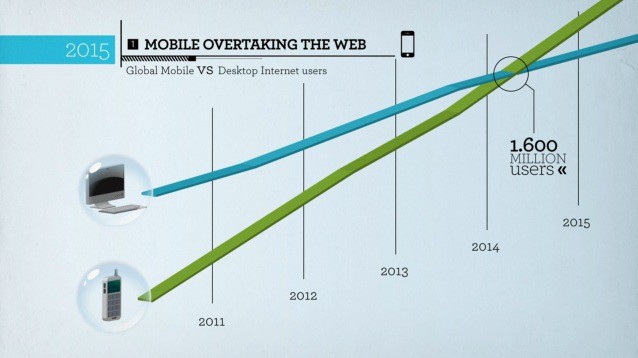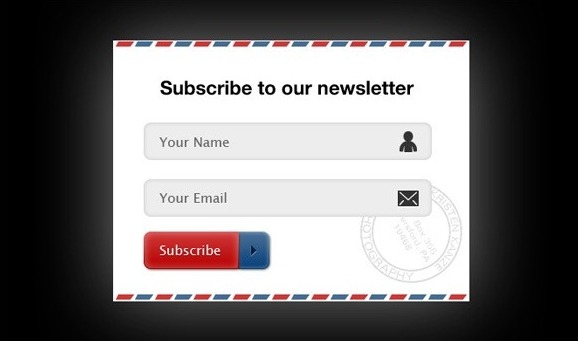 Small business websites aren’t the online brochures that they used to be. Today’s modern business websites are active marketing tools that can help your business get noticed quickly and dramatically increase your sales. When you’re starting a business website, your web designer is your website builder, and just like building a house, you will be making decisions that will guide the construction. I’m going to guide you through some important components of a modern business website.
Small business websites aren’t the online brochures that they used to be. Today’s modern business websites are active marketing tools that can help your business get noticed quickly and dramatically increase your sales. When you’re starting a business website, your web designer is your website builder, and just like building a house, you will be making decisions that will guide the construction. I’m going to guide you through some important components of a modern business website.
- Search Engine Optimization (SEO)
SEO is the process of maximizing the number of visitors to a particular website by ensuring that the site appears high on the list of results returned by a search engine. There are many factors that affect SEO and they are constantly changing. It is important that you consider the SEO impact each of your decisions will have. Your designer or design firm should offer SEO services, and stay up to date on the best SEO practices. If you aren’t sure how a decision will affect SEO, make sure you ask.
- Mobile Friendly
In 2014 mobile internet usage passed desktop internet usage. Mobile internet usage now accounts for 55{17f09484087064dea24125bfd976ef2d4b6a8ac424126ed2ad5ed4f58a2a6b6b} of all internet usage, and experts expect it to continue to increase.
 In April 2015, Google started testing sites to determine if they are mobile-friendly and we are starting to see it impact search engine ranking. So, it’s more important than ever to have your site be mobile-friendly.
In April 2015, Google started testing sites to determine if they are mobile-friendly and we are starting to see it impact search engine ranking. So, it’s more important than ever to have your site be mobile-friendly.In the beginning, small business websites had a separate mobile site. You would recognize them by their site addresses starting with an “m” (m.yoursite.com). Now, it is important to have one site that works for both desktop and mobile devices. To make sure you are getting this, ask your web designer if they are using “responsive or adaptive techniques” for your site. If they are doing either, your site will pass Google’s mobile-friendly test. If you already have a site, you can test it by entering the URL Here. If your site isn’t mobile-friendly, you probably won’t be able to make it mobile, you will need to talk to your designer about a complete site redesign.
- Content First

Content first means making content a priority over other areas of design. Ultimately, people visit your small business website for the content, or information, they will find there. People will be making decisions based on your content that will affect your sales and ultimately your overall business success.
In the old days, your web designer would show you a few mock-ups of your site, you would choose one and then the content would be made to fit inside the design you picked. This is like picking a shipping box, and then deciding what you want to put in it. It may fit perfectly, but most likely you will end up having to add a lot of filler, or the box won’t fit at all. Modern web design should focus on the content first, designing the site architecture and page layout around the content.
- Blog

If your business needs a website, then it needs a blog. When you make a blog it connects your website to your customers, search engines, and potential clients. New blog posts are opportunities for Google to index another page. When search engines see new blog posts, it lets them know that your site is active and that it should be indexed more often. This, in turn, means that your website will show up in more searches and bring you more potential customers.
Your blog is also a chance to establish yourself as a leader in your field. It lets your potential customers know that you have the knowledge and skills that they are looking for. An active blog will help you convert your website visitors into sales leads. The great thing is that it doesn’t just do this when you initially make a blog post. If you are creating valuable content, a blog post can bring you new leads for months or even years.
Your blog should be connected to your social media sites and can be set up to schedule posts, on your website and then separately to social media. This will keep all of your content centralized, bring more people to your site and save you a lot of time managing your content marketing.
It takes very little technical knowledge to learn to make blog posts. This means that anyone can do it. You don’t have to pay a designer to update a page on your site with the current information you want your customers to have.
- Call to Action

Every page on your site should have a call to action. In web design, the traditional call to action is usually a button, form or graphic that puts your visitor into a carefully crafted page that focuses on getting them to take one action. This action could be signing up for the email newsletter, getting a free consultation or requesting more information.
You may find that a traditional call to action doesn’t seem appropriate for all pages. That is ok, just make sure that each page has the desired action to be taken. You may ask that they contact you for more information, and then add your business phone number. Another common goal of a page is to interest them enough that they will click deeper into your website.
- Solve Problems
Modern websites aren’t static brochures anymore, meaning the pages change. I’m sure you are already thinking about creative ways you can use yours to interact with your customers. That is great, but don’t stop there. Think of your website as a problem solver. If you have a business process that takes a lot of your time, there is a good chance that you could be using your website to help.
Do you have customers calling constantly asking where your new location is? Write a blog post about your exciting new office, and add a map with detailed directions. Do you need to track your interactions with your customers? Install a Customer Relationship Management (CRM) program on your site. The ways you can use your business website to save time and increase sales are only limited by your imagination.
If you have used your website to creatively solve a problem, or you have a unique story about how your business is using a modern website, we would love to hear about it. If you want to talk about options for your small business website you can call, email, or even text. Here is our contact information
We are a web design firm based in Northwest Arkansas, and our focus and passion is helping small businesses create an effective online presence.


Leave a Reply